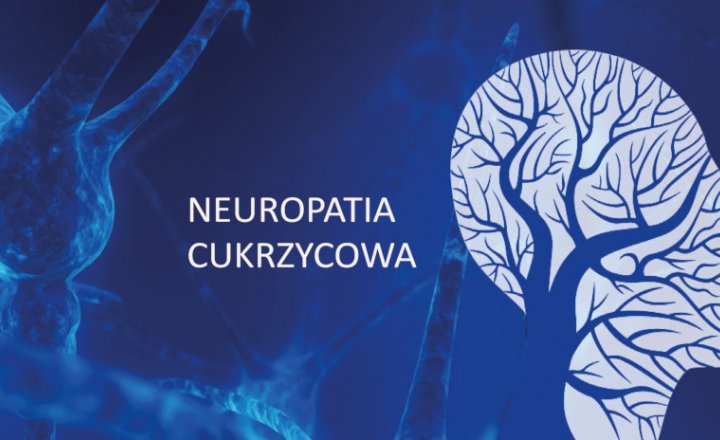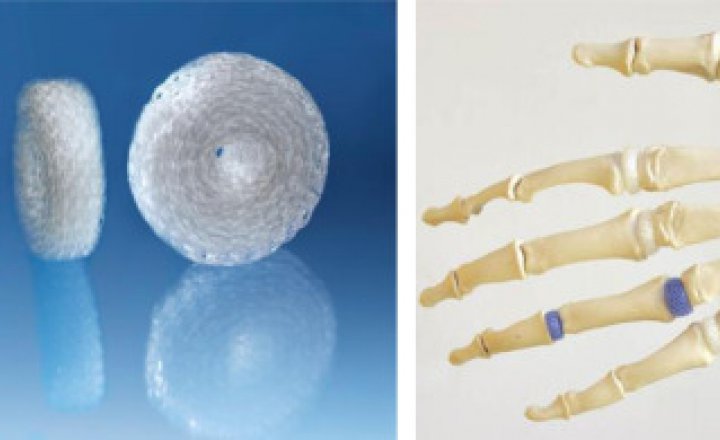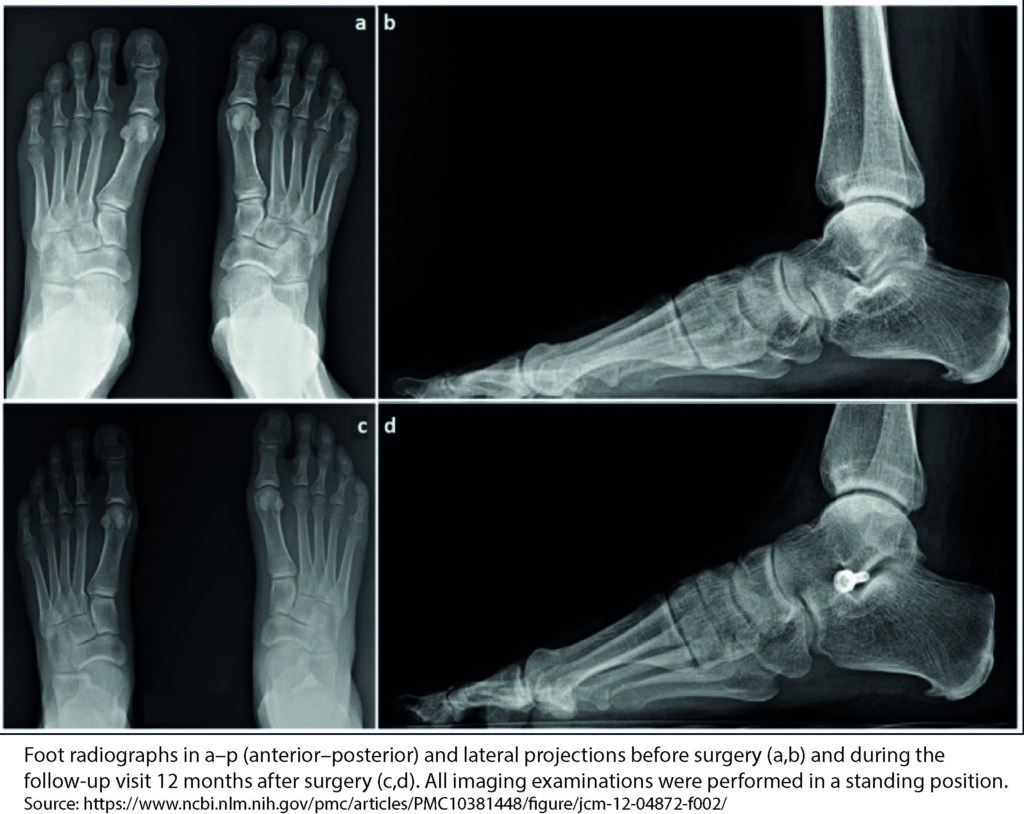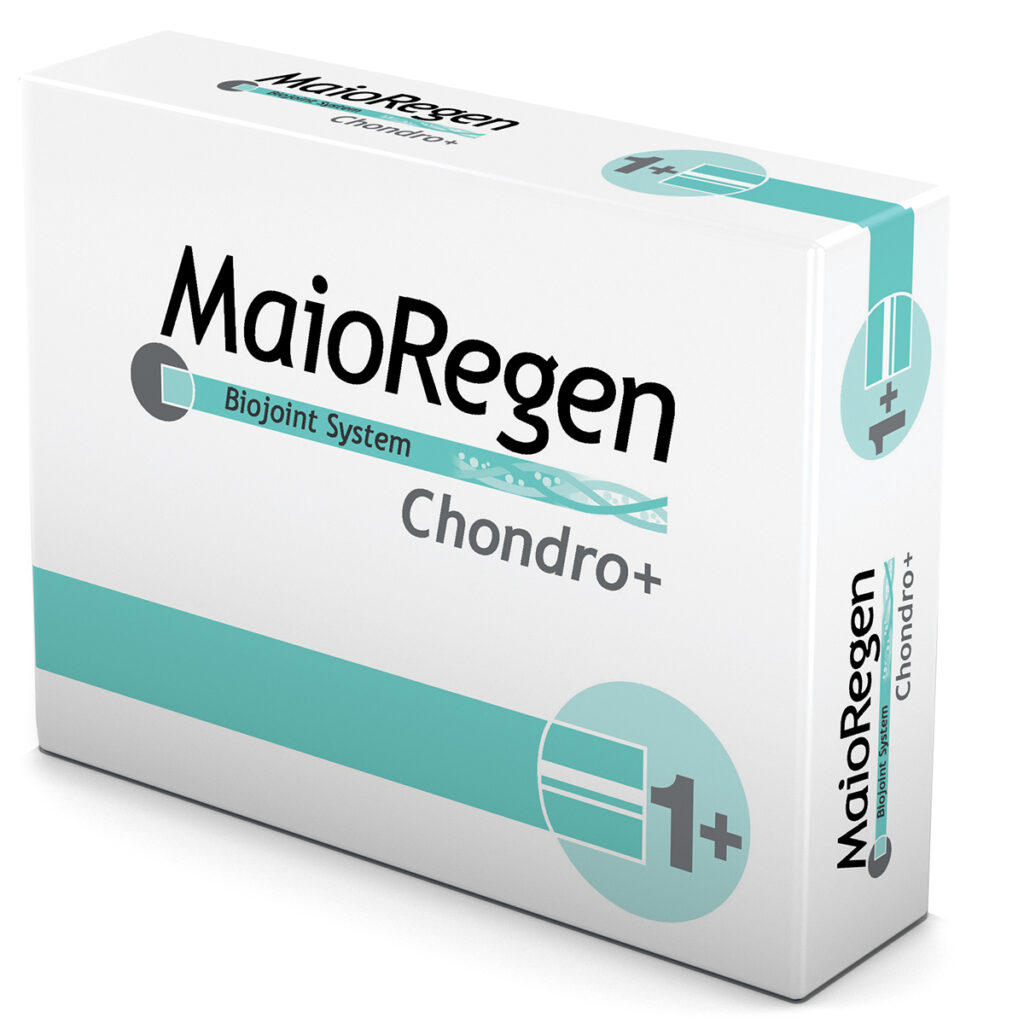The SARS-CoV-2 coronavirus, which causes COVID-19 disease, has already reached most countries in the world. The number of infected people is growing by the day, and the number of deaths caused by the virus is also increasing. The coronavirus is dangerous, among other reasons, because it is a new pathogen and still quite poorly understood. The fight against this virus should be based on swift and decisive action. Based on research, it appears that a very effective weapon against the spread of Wuhan coronavirus is UV-C radiation, which quickly and thoroughly cleans rooms of dangerous pathogens.
What are coronaviruses?
Coronaviruses are a large group of RNA viruses that cause about 10-20 percent of all colds. They can also cause more serious illnesses, such as Middle East Respiratory Syndrome and Severe Acute Respiratory Syndrome.
SARS-CoV-2 coronavirus (called COVID-19 coronavirus after the name of the disease it causes) is a new and still poorly known coronavirus that was discovered in late December 2019 in the city of Wuhan, Hubei Province, China. It belongs to the same type of virus as SARS and MERS.
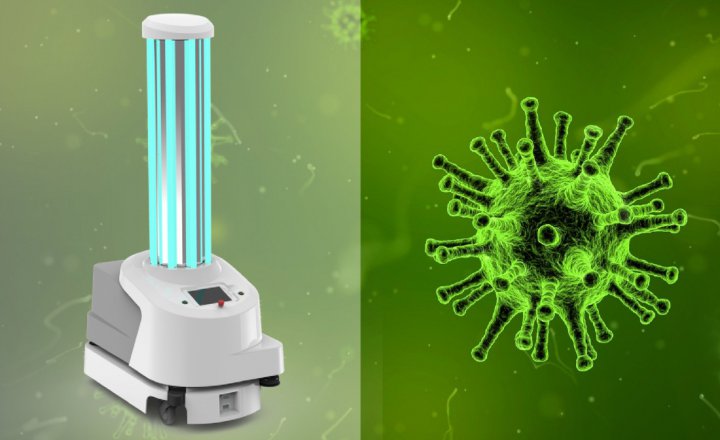
Survival of coronaviruses on surfaces
Coronaviruses such as SARS and MERS can survive on a variety of surfaces for up to nine days, meaning that they may have the ability to infect for that long if they are present on a surface outside the host’s body. In the case of the SARS coronavirus, the survival period on surfaces can be up to nine days, according to Dr. Charles Chiu, professor of infectious diseases at the University of California, San Francisco and director of the USCF-Abbott Viral Diagnostics and Discovery Center.
The World Health Organization (WHO) reports that how long viruses persist on objects depends on their temperature and humidity.
UV-C radiation – rapid destruction of pathogens
Time is of the essence in stopping the spread of epidemics. Disinfection of the environment can be carried out using various fogging devices and standard cleaning methods, but these are very time-consuming and expensive solutions. UV-C radiation is a very effective method of disinfecting the environment during an outbreak. UV-C destroys viruses due to high-energy electrons passing through or penetrating the protein envelope toward the nucleoid containing the nucleic acid. The destruction of viral RNA then occurs. The time interval required to destroy the microorganism depends on the exposure time and the distance from the UV-C source to the microorganism.
ROBOT UVD – a fully autonomous device
The UVD robot is the only device capable of autonomously repositioning the UV-C radiation source mounted in a specific area of the upper part of the robot platform, thus solving the problem of shading and surface proximity. The repositioning can be repeated many times, ensuring that all surfaces and cubic meters of air are exposed to the maximum possible intensity of radiation.
This automated system is capable of inactivating MHV-A59 and MERS-CoV viruses on surfaces with a MERS reduction greater than 5 log10 within 5 minutes of UV-C exposure.
Research
Based on a study conducted under laboratory conditions, the effectiveness of an automated whole-room UVC-C system or any whole-room disinfection system against viruses such as MHV-A59, MERS-CoV and SARS-CoV has been confirmed.
The use of a whole-room UV-C disinfection system during a MERS outbreak can prevent the spread of the virus and protect staff and patients.
Tests conducted on the disinfection capabilities of the UV-C emitting unit against MHV-A59 and MERS-CoV- viruses showed that the titer of MHV-A59 virus was reduced by 2.71 log10 within 5 minutes and by 6.11 log10 within 10 minutes of exposure, leading to undetectable values for MHV-A59 virus. Just a five-minute exposure led to undetectable values for MERS-CoV, which remained at that level after 30 minutes of total exposure with a reduction of 5.9 log10 (Bedell et al. 2016).
It has been shown that for other UV-C emitting units, using wavelengths of the same length, similar data have also been obtained against a wide spectrum of diverse bacteria, fungi and viruses (Vatansever et al. 2013), so the results obtained after using the UVD robot should be very similar. The UV-C radiation produced differs significantly only in its method of distribution.
Źródła
Bedell, K., Adam BS., Buchaklian, H and Perlman, S. (2016) Efficacy of an Automated Multiple Emitter Whole-Room UltravioletC Disinfection System Against Coronaviruses MHV and MERS-CoV. Infect Control Hosp Epidemiol; 37:598-59.
Dowell S, Simmerman J, ErdmanD, Wu J, Chaovavanich A, Javadi M, et al. (2004) Severe acute respiratory syndrome coronavirus on hospital surfaces. Clin Infect Dis; 39:652-7.
Lai MY, Cheng PK, Lim WW (2005). Survival of severe acute respiratory syndrome coronavirus. Clin Infect Dis; 41; e67-71.
Otter JA, Donskey C, Yezli S, Douthwaite S, Goldenberg SD, Weber DJ. (2016) Przenoszenie koronawirusów SARS i MERS oraz wirusa grypy w placówkach opieki zdrowotnej: możliwa rola zanieczyszczenia suchej powierzchni. J Hosp Inf; 92; 235-50.
van Doremalen N, Bushmaker T, Munster VJ. (2013) Stabilność koronawirusa zespołu oddechowego Bliskiego Wschodu (MERSCoV) w różnych warunkach środowiskowych. Eurosurv.; 19;18(38).
Vatansever F, Ferraresi C, de Sousa MV, Yin R, Rineh A, Sharma SK, Hamblin MR. (2013) Can biowarfare agents be defeated with light? Virulence; 4:796-825.
